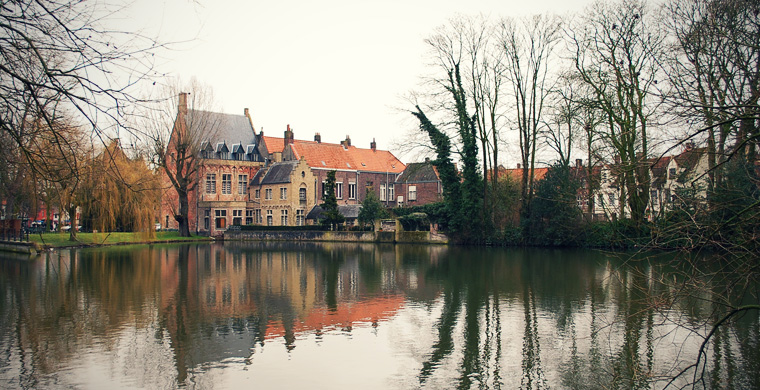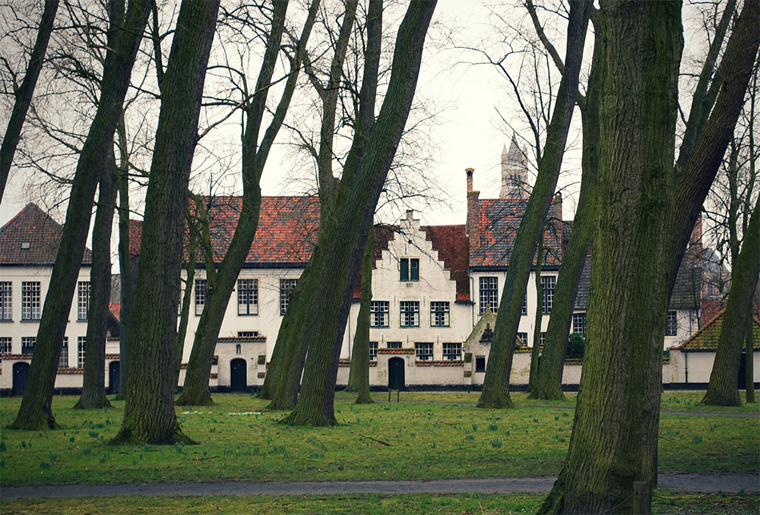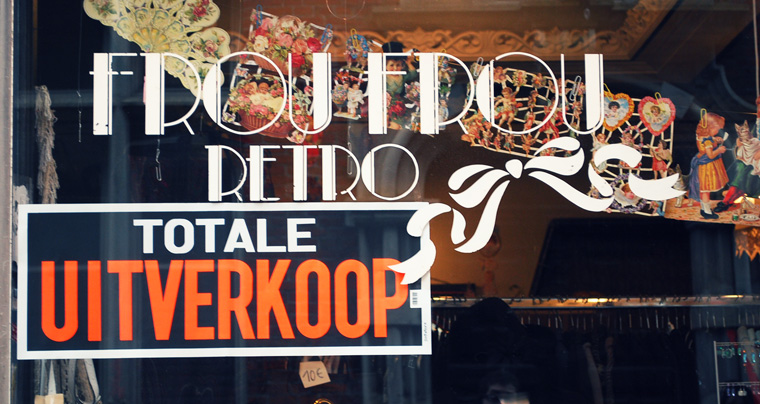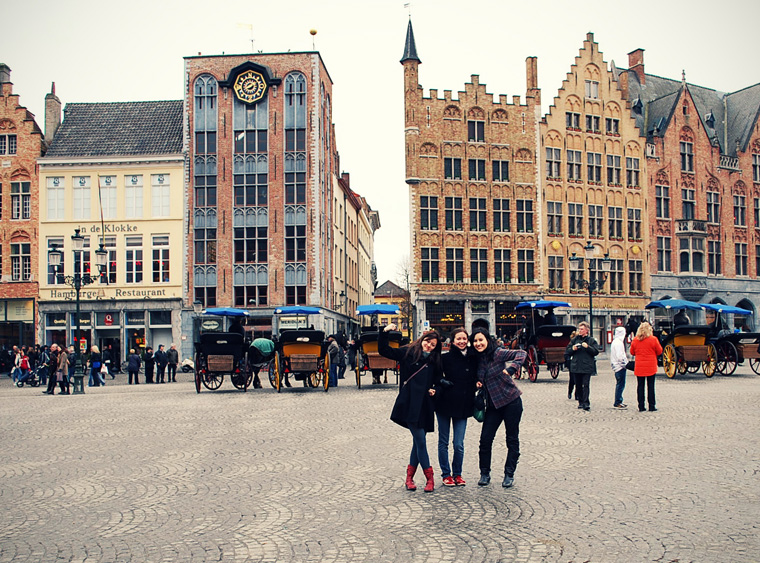Bruges / Brugge / Brügge

The day after we visited Antwerp, we went to Bruges. (Time reference: last Monday, exactly a week ago. Bad blogger!) Bruges is a town that is disgustingly cute. See above photo for evidence. According to various historical fact signs and also our guidebooks, Bruges was a very prosperous city due to their textile industry and its fortunate placement on the water between several canals. But then around 1500, the main canal (ie, main source of income) began to fill up with silt, and Bruges bit the dust, economically. Happily, most of it has been preserved, and the parts of it that weren't have been rebuilt and restored.

This is Begijnhof, a 13th century commune for unmarried or widowed women. It's pretty adorable. Not sure of its current status as a commune, but we did see some actual, factual nuns walking around it (between the tourists) so it must be something. Can you see the flowers starting to bloom? Spring is almost here, guys!! (Except not for the folks at Brown. Enjoy your 6 to 10 inches of snow today, suckers!)

Bruges is in Flanders, the Flemish-speaking part of the country. I've heard it's actually rude to start speaking to someone in French, even though French is one of Belgium's official languages. Apparently there is "tension", linguistic and otherwise, between Flanders and Wallonia. So we just spoke English to everyone while enjoying silly-looking signs. Do you think "uitverkoop" is a real word? It looks like someone grabbed too many Scrabble tiles.

Above: guild halls in the main Markt square, and also carriage rides that cost 30€. We did not take one, but walked everywhere. European cities are better on foot, anyway. That way you can stop and take group photos whenever your little heart desires. Notice also the patterned cobblestones. So adorable! Bruges, stop it, really. You can be ugly every now and again and no one would say a thing.

We went to Choco-Story, the chocolate museum, which was all right. Not as great as we'd thought, for several reasons which I will enumerate here:
- It was crowded and slow-moving, since every exhibit had about three paragraphs to read before moving on to the next one. The writing was so-so. You could tell that whoever translated it from Flemish to English was always really proud whenever they used an idiomatic expression.
- The exhibits were mostly interesting, though the museum's creators were easily sidetracked: "Cacao was originally used by the Aztecs, who also practiced human sacrifice!! Here is a room full of human sacrifice artifacts!" (Yes, parents, I just copied and pasted that anecdote from the e-mail I sent you.)
- The last exhibit glorified the Belcolade company and what excellent chocolate they made and how they've been the premier chocolatiers of Belgium since the dawn of time. Side note, guess who funded the museum?
- We were promised a free tasting at the end of it, but we were not informed we'd have to sit through a long demonstration that was essentially unviewable thanks to the tall Germans in front of us. We got bored quickly and left in a huff.
That last complaint, however, was soon rectified. After peering into several chocolate shops that seemed too pricey for our pockets, we found a moderately priced place and, slavering, ordered a small box each (see above) which we then consumed on the train ride back to our hostel. It is a testament to Belgian chocolate that though the shopkeeper put coffee-flavored chocolates in my box when I had asked for something different, I still enjoyed them. I know, I was shocked, too.
All right, I should really get off the computer and do Important Things like laundry and paying my landlady and doing my dishes. Ugh, I am so over washing dishes! (A large part of this exasperation has to do with my sink, which looks like this and is a horrible shape for washing anything inside it but hands.)